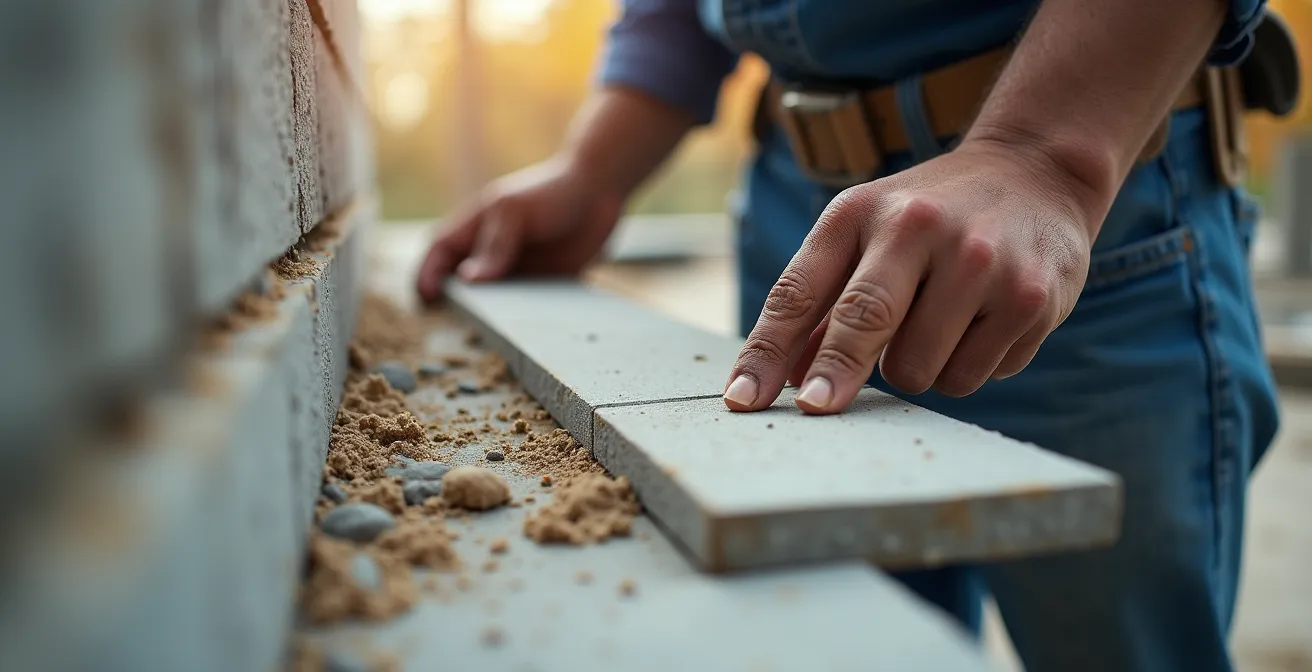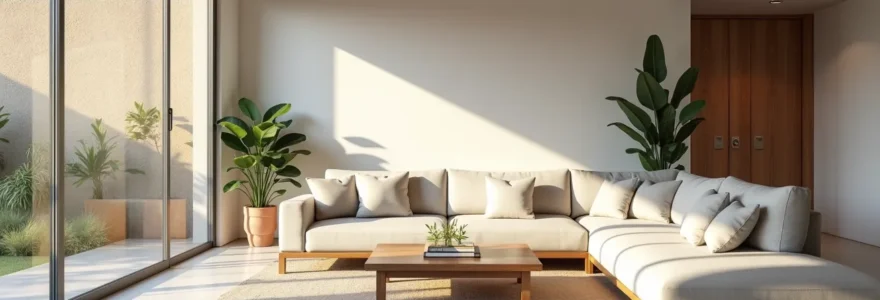Viewing a home addition as merely a construction project is a common oversight. The reality is far more nuanced. It’s a strategic decision that blends financial foresight with a deep desire to enhance your daily life. This isn’t just about adding square footage; it’s about reconfiguring your home to match your evolving needs, boosting its long-term asset value, and creating a space that truly serves you. By moving past the simple math of resale value, you can begin to see a home addition as a powerful investment in both your lifestyle and your financial future.
Successfully navigating such a project requires careful planning and the expertise of professional renovation services at trehanerenovation.com, to ensure the final result aligns with your vision and financial goals. When planned with a strategic mindset, an addition can yield returns that are measured not just in dollars, but in improved quality of life, which is often the most valuable outcome of all.
Your Home Addition Investment Blueprint
- Understand the dual returns: lifestyle enhancements and financial appreciation.
- Analyze different addition types to balance utility with resale potential.
- Implement risk mitigation strategies through meticulous planning and budgeting.
- Select a qualified contractor as a key partner in achieving your goals.
Elevating Your Daily Life: The True Lifestyle Returns of a Home Addition
While financial metrics are important, the most immediate and profound returns from a home addition are often felt in your day-to-day existence. More space translates directly into tangible improvements in quality of life. A dedicated home office can boost productivity and create a healthier work-life balance. An expanded, modern kitchen becomes a central hub for family connection, while a serene master suite offers a much-needed retreat for relaxation and stress reduction.
The benefits extend beyond simple convenience. For many, an addition is the key to remaining in a beloved neighborhood as their family grows or life stages evolve. It can accommodate multi-generational living arrangements or simply provide the breathing room needed to pursue hobbies and passions. In fact, a study shows that 85% of homeowners report increased enjoyment and satisfaction after completing an addition. This speaks to the powerful psychological benefits, including a renewed sense of pride in ownership and the profound accomplishment of shaping your environment to perfectly suit your needs.
How does a home addition improve quality of life?
A home addition enhances quality of life by creating dedicated spaces that reduce stress, foster family interaction, and accommodate personal needs like remote work or hobbies, allowing homeowners to adapt their living space without moving.
This idea is perfectly captured by the experience of one homeowner who found their daily routine completely changed.
Adding a quiet home office and a larger kitchen transformed our daily routine by reducing stress and increasing family time. Staying in our home with a personalized space has made all the difference.
– Homeowner testimony, Talon Home Builders
The following image illustrates the kind of warm, functional space that enhances family connection and daily comfort.

Ultimately, a well-designed addition adapts your home to you, rather than forcing you to adapt to its limitations. This alignment between your living space and your lifestyle is where the true, immeasurable value of a home addition is found.
The Financial Blueprint: Viewing Home Additions as a Strategic Asset Appreciation
A home addition is a significant financial undertaking that should be viewed as a long-term strategy for asset appreciation. It goes beyond the immediate goal of increasing resale value; it acts as a hedge against the volatile housing market and the ever-rising costs of moving. When you compare the investment in an addition against the substantial expenses of selling, buying, and relocating to a larger property, staying put and improving often emerges as the more stable and less disruptive financial decision.
Comparison of Cost and Value Retention: Moving vs. Adding
A detailed analysis comparing the costs of relocating versus investing in home additions shows significantly lower disruption and competitive long-term value increase by choosing addition projects.
Not all additions are created equal in terms of financial returns. Different project types offer varied returns on investment (ROI), and understanding these differences is key to making a sound decision. For instance, projects that enhance usable living space, like a deck, often yield a higher return. Data shows a wide variance, with returns like a 30% ROI on midrange suite additions; 50% ROI on wood deck additions. This highlights the importance of balancing your immediate needs with future market appeal.
To better understand the potential costs and returns, here is a comparison of common home addition types.
| Type of Addition | Average Cost | Return on Investment (ROI) |
|---|---|---|
| Primary Suite Addition | $157,855 | 30% |
| Bathroom Addition | $57,090 | 30% |
| Wood Deck Addition | $17,051 | 50% |
Furthermore, the financial viability of your project is heavily influenced by financing options. Interest rates on loans can affect the total cost and, consequently, the long-term return. As Aaron King of Custom Built Design & Remodeling notes, “Financing options and interest rates can significantly influence the overall viability and long-term return on your home addition investment.” Careful financial planning is therefore not just a preliminary step but a cornerstone of a successful investment.
Mastering the Investment: Strategies for Mitigating Risks and Ensuring Quality
Any construction project comes with inherent risks, from unexpected costs to project delays. Mastering your investment requires a proactive approach to risk management. The cornerstone of this is meticulous planning, which includes creating a realistic and detailed budget that accounts for a contingency fund (typically 10-20% of the total cost) to cover unforeseen expenses. This financial cushion is critical for safeguarding your investment without compromising on quality.
A detailed contract is your primary tool for managing expectations and protecting your interests. It should clearly outline the scope of work, materials to be used, payment schedules, and a projected timeline. As you begin the process, you may find yourself considering a major home addition and the complexities involved. A well-defined plan is essential.
This is further emphasized by experts who stress the importance of formal safeguards.
Choosing qualified, licensed contractors vetted by appropriate authorities is critical to mitigating financial and safety risks in home additions.
– Worth Magazine, Worth.com
A commitment to high-quality materials and expert craftsmanship is non-negotiable, as these factors directly impact the addition’s durability, long-term value, and your overall satisfaction. It’s also wise to consider the long-term operational costs, such as increased utility bills and maintenance, to ensure the new space remains a valuable asset for years to come.
The following image shows the level of detail and quality control that is essential on a well-managed construction site.

To help manage these risks effectively, certain procedural steps are crucial for ensuring both safety and financial security throughout the renovation.
Risk Management Checklist for Renovations
- Review and update insurance coverage before starting construction.
- Verify contractor insurance and licensing credentials.
- Schedule professional inspections to identify hidden hazards.
- Implement onsite safety measures and comply with building codes.
Key Takeaways
- A home addition delivers dual returns in enhanced lifestyle quality and long-term financial asset appreciation.
- Strategic project selection, balancing personal needs with market trends, is crucial for maximizing investment returns.
- Thorough risk management through detailed contracts, contingency budgeting, and quality control ensures a successful outcome.
- Choosing a qualified and communicative contractor is the most critical step in realizing your vision.
Forging a Partnership: The Contractor’s Crucial Role in Your Home Investment
Selecting a contractor is the single most important decision you will make in your home addition journey. This professional is not merely a builder but an indispensable partner who will translate your vision and financial objectives into a tangible, high-quality reality. Their expertise is central to navigating the complexities of design, permitting, and construction, ensuring the final product delivers on its intended value.
Vetting potential contractors is a critical process that requires due diligence. Key criteria include verifying their license and insurance, examining their portfolio of past projects, and speaking with former clients. As noted by Big Dog Construction, a trusted contractor acts as a partner in translating your vision into a functional and financially sound space. This partnership is built on a foundation of clear communication and shared expectations, which are vital for keeping the project on track and on budget.
The handshake between a homeowner and contractor symbolizes this crucial partnership, representing a shared commitment to quality and success.

To ensure you select the right partner for your project, it’s essential to ask the right questions from the outset. This vetting process will help you gauge their expertise, reliability, and alignment with your goals. For those ready to begin, you can Explore the steps for restoration with a clear plan.
Key Questions to Vet Contractors
- Is the company licensed, insured, and bonded?
- Do they have experience with your specific addition type?
- Can they provide references and a portfolio of completed projects?
- Do they provide detailed, transparent quotes and a clear contract?
Frequently Asked Questions on Home Additions
What type of home addition offers the best return on investment?
While ROI can vary by location and market trends, additions that increase functional living space, such as wood decks, often provide a higher return. However, it’s essential to balance financial returns with your personal lifestyle needs, as additions like primary suites or new bathrooms can significantly improve your quality of life.
How can I create a realistic budget for a home addition?
To create a realistic budget, start by getting detailed quotes from multiple licensed contractors. Your budget should include costs for materials, labor, permits, and design fees. Crucially, always include a contingency fund of 10-20% of the total project cost to cover any unexpected issues or changes.
Is it better to add on to my house or move to a bigger one?
This depends on your priorities. Moving involves high transactional costs (realtor fees, closing costs, moving expenses) and the disruption of changing neighborhoods. An addition allows you to stay in your current home while customizing it to your needs. Financially, an addition can be a more stable long-term investment by avoiding a volatile housing market.
How do I choose the right contractor for my home addition?
Choosing the right contractor involves thorough vetting. Verify their license, insurance, and bonding. Review their portfolio and ask for references from past clients with similar projects. Ensure they provide a detailed contract and establish clear communication channels before any work begins.
